Low-Waste Kitchen Organization Tips
Adopting a low-waste approach in your kitchen isn’t just about reducing trash—it’s also about creating smart, intentional systems that make your kitchen more efficient and environmentally friendly. By integrating practical organization strategies, you can minimize food waste, rely less on disposable items, and optimize the use of every resource. Explore how mindful kitchen organization benefits your lifestyle and the planet while also saving you money and time.
Maximizing Food Preservation
Smart Storage Zones
Setting up distinct zones in your kitchen for different food groups helps ensure that items do not get lost or forgotten at the back of the fridge or pantry. Organizing shelves according to food type and expiry date gives better visibility and allows you to quickly spot items that need to be used first. By maintaining clear and accessible storage zones, you develop the habit of rotating your stock, preventing food from being wasted due to expiration.
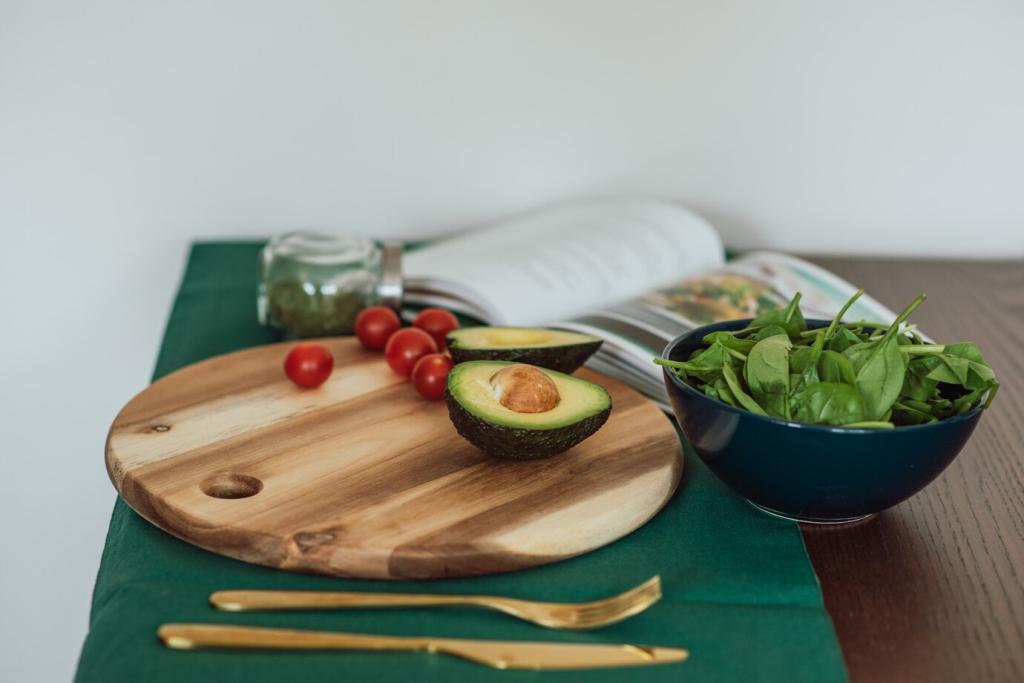
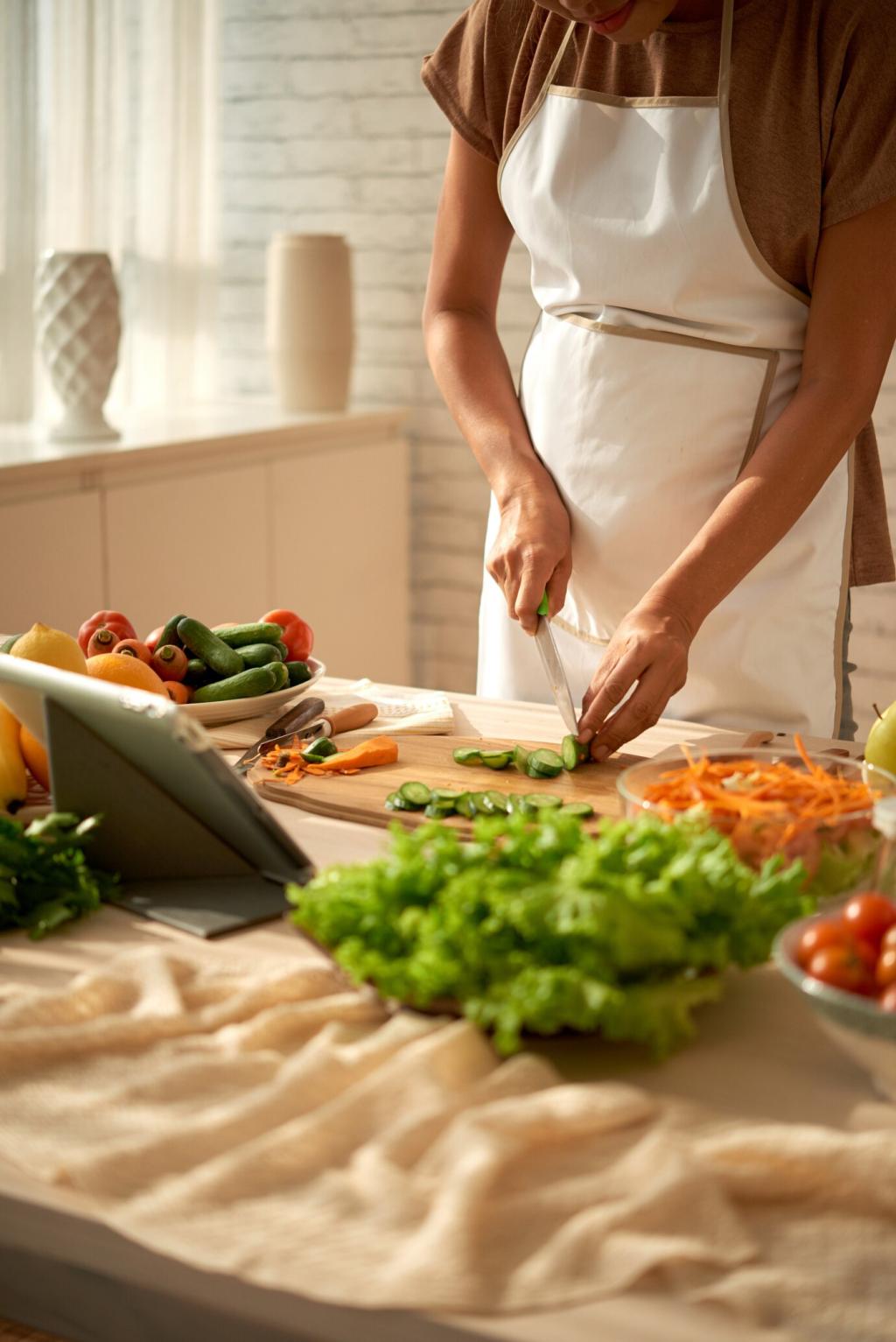
Utilizing Reusable Containers
Transitioning from single-use plastics to glass jars, silicone bags, or stainless steel containers not only reduces waste but also keeps food fresher for longer. Reusable containers enable airtight storage, which slows down spoilage and helps retain flavor and nutrition. This practice makes it easier to see what you have at a glance, encourages portion control, and stops you from reaching for disposable wraps, aligning your storage solutions with a sustainable mindset.
Sustainable Shopping Setup
Pre-Shopping Inventory Checks
Before heading to the market, taking stock of your current supplies helps avoid buying duplicates and ensures that you use up existing produce first. Assessing pantry and fridge contents not only curbs impulse buying but also encourages thoughtful meal planning using what you already have on hand. This approach saves money and reduces the risk of letting food go bad, directly cutting down kitchen waste.
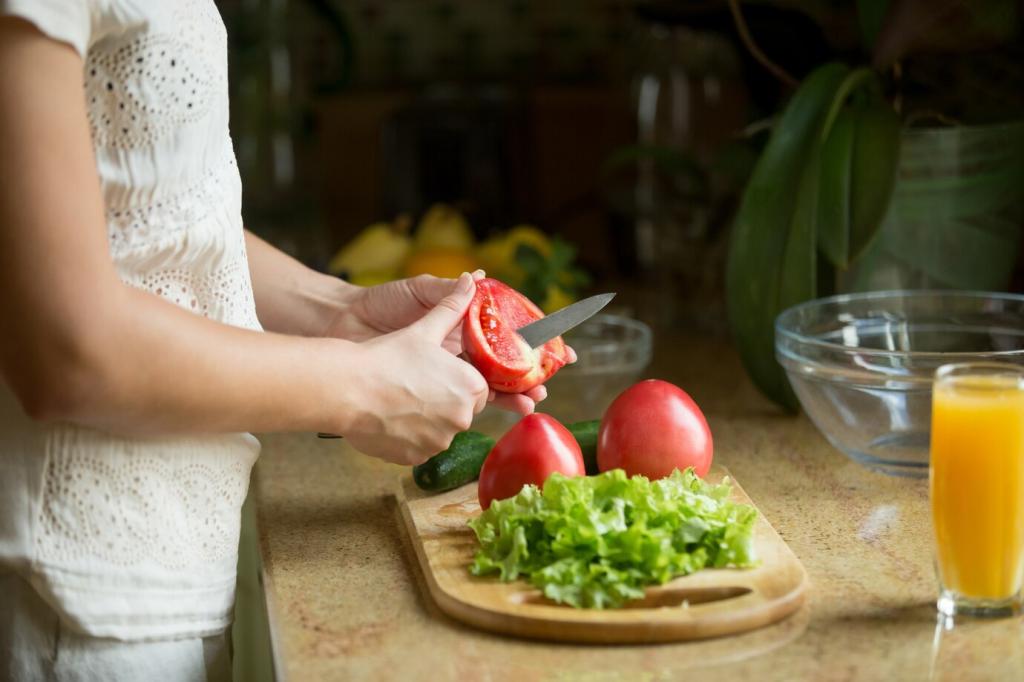
Streamlined Meal Planning
Selecting recipes that use overlapping ingredients or can easily be adapted based on what’s available minimizes the need for single-use items. Versatile meal planning allows you to repurpose excess vegetables, proteins, or grains so nothing goes to waste. Prioritizing flexible dishes, such as stir-fries, soups, and grain bowls, makes it simple to pivot your weekly menu according to the freshest ingredients or those nearing their expiry.
Packaging-Free Pantry Solutions
Creating allocated spots for your commonly used dry goods in reusable jars or bins makes refilling simple and prevents overbuying. Transparent containers help you monitor quantities, avoid product duplication, and keep your pantry visually calming. This system supports easy access and helps maintain freshness, turning your pantry into a functional, waste-reducing centerpiece of the kitchen.
Establishing a calendar or system for refilling pantry staples ensures you never run out or overstock on ingredients. This rhythm supports a steady supply of essentials while discouraging impulse purchases in disposable packaging. By integrating refills into your regular shopping or market visits, you maintain an organized pantry that honors your commitment to sustainability.
Phasing out single-use packaging and containers from your pantry not only reduces waste but also fosters a cohesive and aesthetically pleasing storage system. Relying on uniform containers declutters your shelves, makes it easier to inventory supplies, and signals a clear shift toward environmental responsibility. With time, this approach becomes second nature, profoundly impacting how you manage and consume pantry staples.
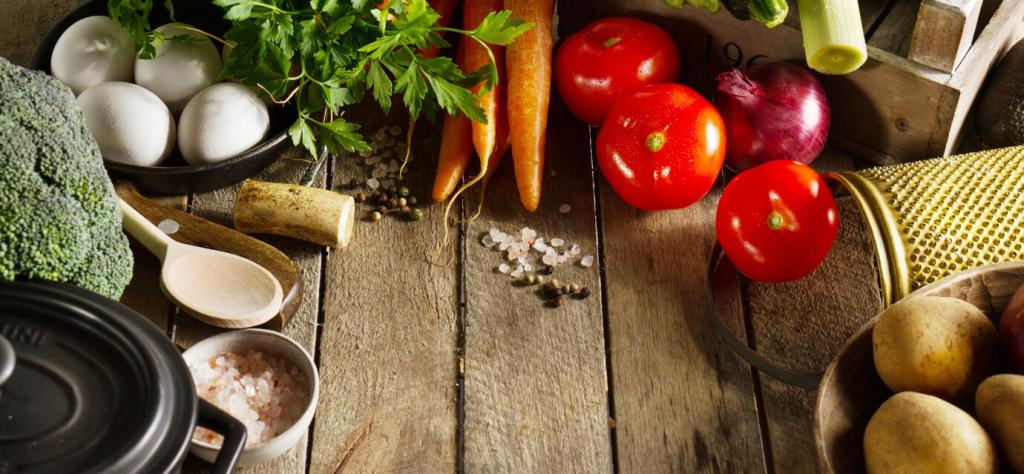
Composting for Kitchen Clarity
Integrating a convenient compost bin in your kitchen setup encourages frequent use and cuts down on organic waste sent to landfill. Choosing a countertop or under-sink bin makes it easy to dispose of scraps while preparing meals, and cleaning it frequently becomes part of your regular routine. This effortless access supports a seamless kitchen workflow where composting is as much a habit as dishwashing.
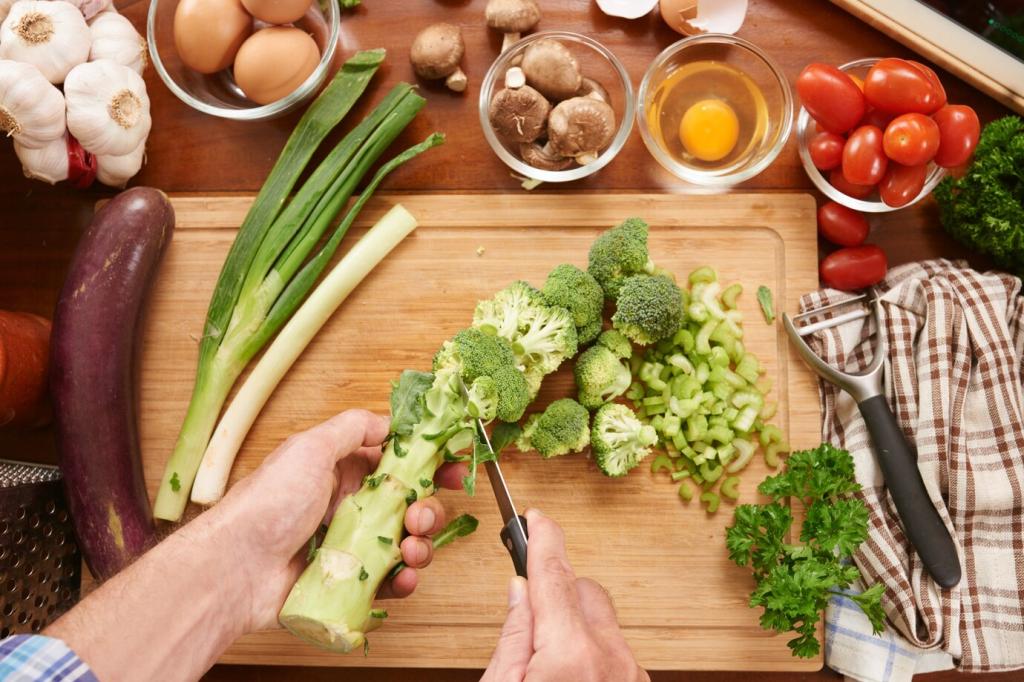
Rethinking Cleaning Supplies
Reusable Cloth Solutions
Replacing disposable towels and wipes with washable, durable cloths instantly reduces waste and helps keep cleaning supplies neat and easy to access. By designating specific cloths for different cleaning tasks, you foster organization and ensure everything has its place. Storing clean cloths in a clearly labeled area and keeping a basket for used ones makes the swap effortless and supports consistent low-waste habits.
DIY Cleaning Products
Mixing your own cleaning solutions from common household ingredients like vinegar, baking soda, and citrus peels eliminates single-use plastic bottles and harsh chemicals from your kitchen. Reusing spray bottles and labeling each mixture keeps your supplies organized and accessible. This approach simplifies your cleaning routine, allowing you to maintain a tidy space free from unnecessary packaging, while also promoting a healthier environment.
Bulk and Concentrate Purchasing
Switching to bulk or concentrated cleaning supplies minimizes repetitive packaging waste and streamlines your storage needs. Dedicated containers for refills make it easy to keep cabinets or shelves organized, and you always know when you’re running low. Bulk purchases reduce shopping trips, support efficient use of space, and seamlessly align with your overall low-waste kitchen system.
Decluttering Tools and Gadgets
Multi-Purpose Kitchen Tools
Prioritizing kitchen tools that serve several functions helps reduce the total number of gadgets you need, saving both space and money. Well-chosen, quality items such as a chef’s knife, sturdy cutting board, or cast iron skillet can replace a host of single-use tools. Storing these essentials where they’re most accessible encourages regular use, while also highlighting the value of thoughtful curation over accumulation.
Responsible Disposal Methods
Organizing and downsizing kitchen tools sometimes means letting go of rarely used or broken items—but tossing them should be a last resort. Researching local donation programs, recycling centers, or repair shops gives your unused tools new life and keeps them out of landfill. Creating a small “offload” box or area in your kitchen simplifies the decluttering process, supporting an ongoing commitment to minimizing waste.
Repair and Upgrades
Rather than immediately replacing worn or malfunctioning appliances or tools, making repair your first option reinforces a sustainable mindset. Organizing a small kit with basic repair tools and frequently needed parts like rubber gaskets or screws empowers you to maintain your favorite items. This approach assures you get the most value from every tool and helps cultivate a kitchen environment based on resourcefulness and care.
